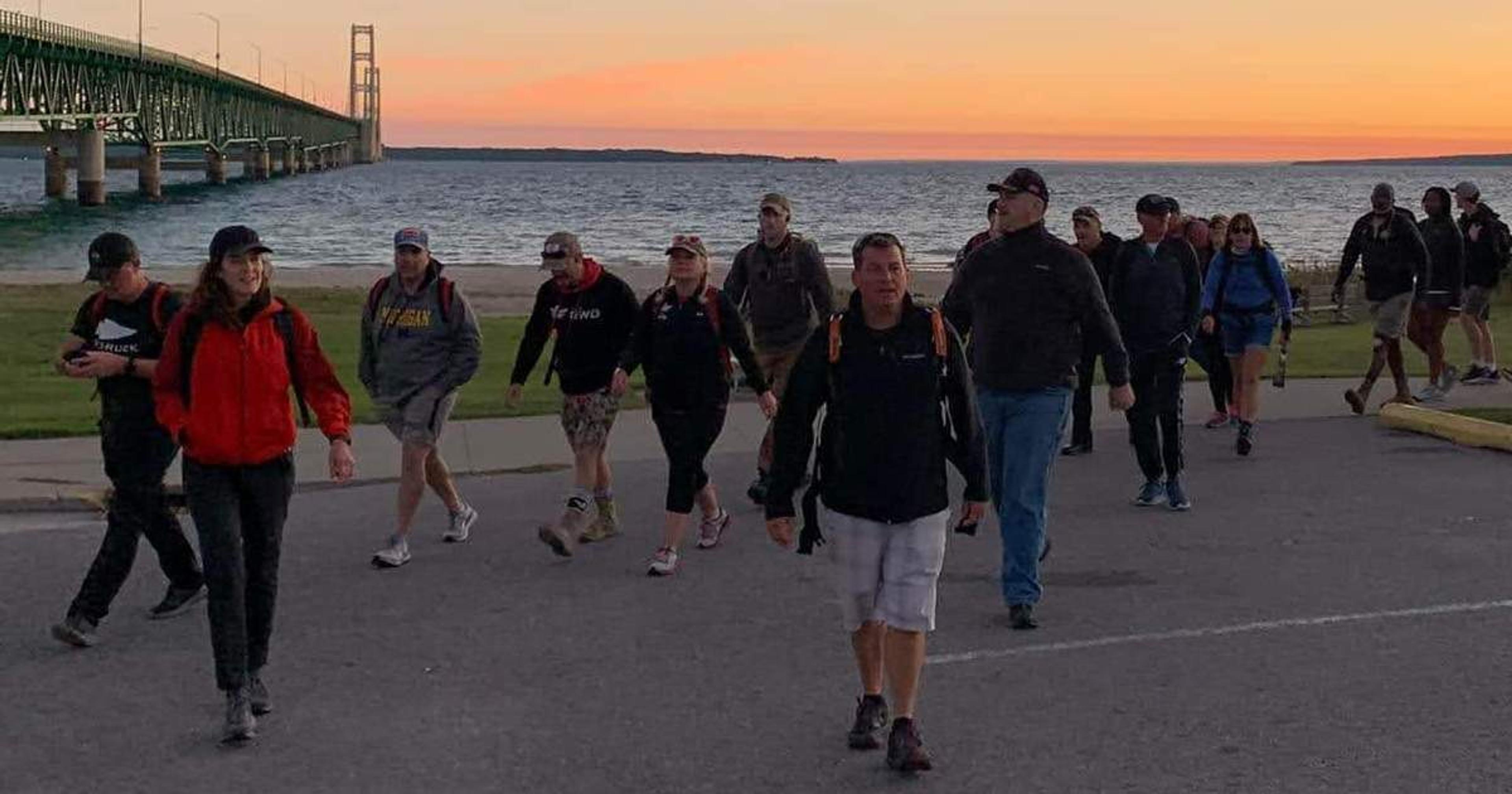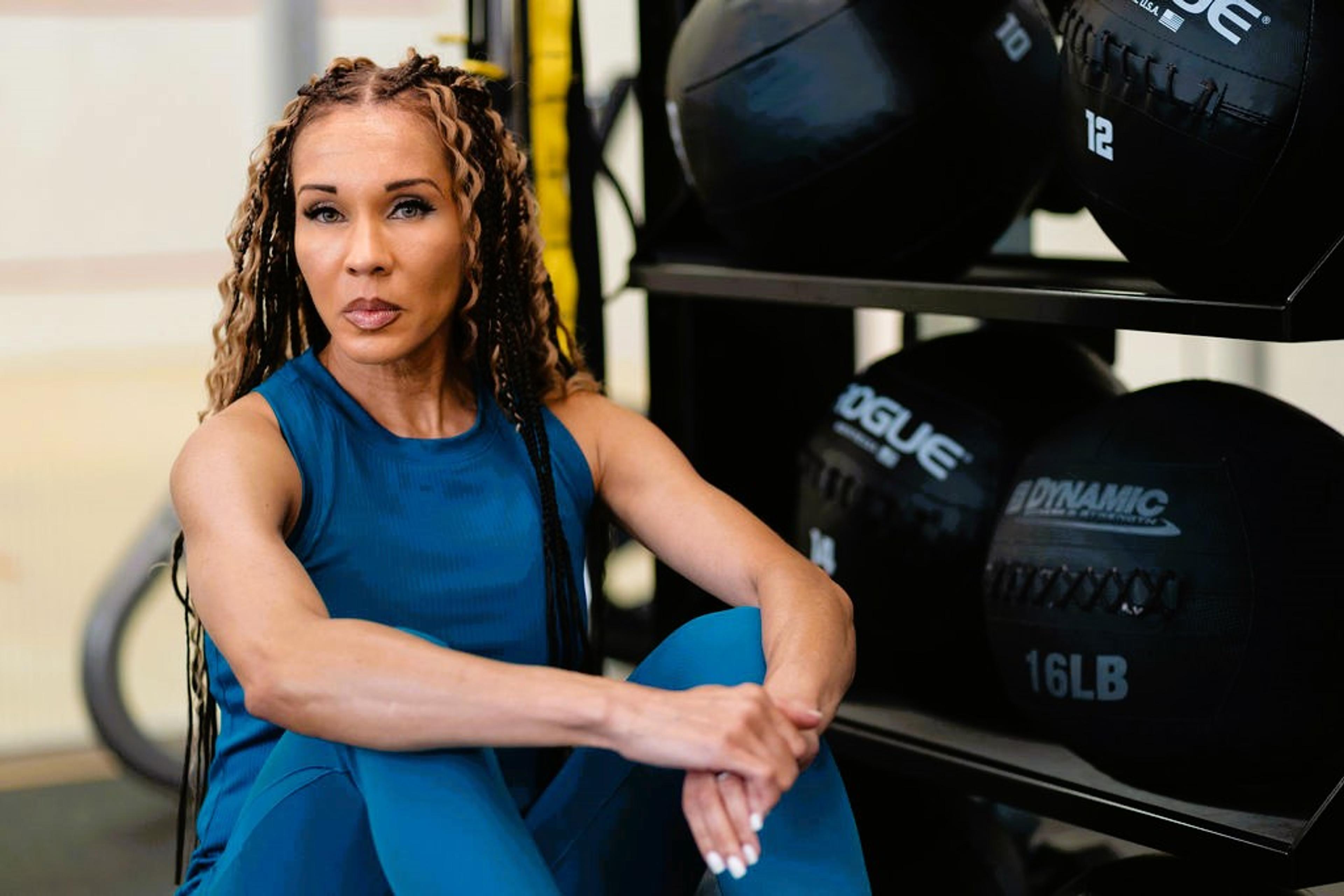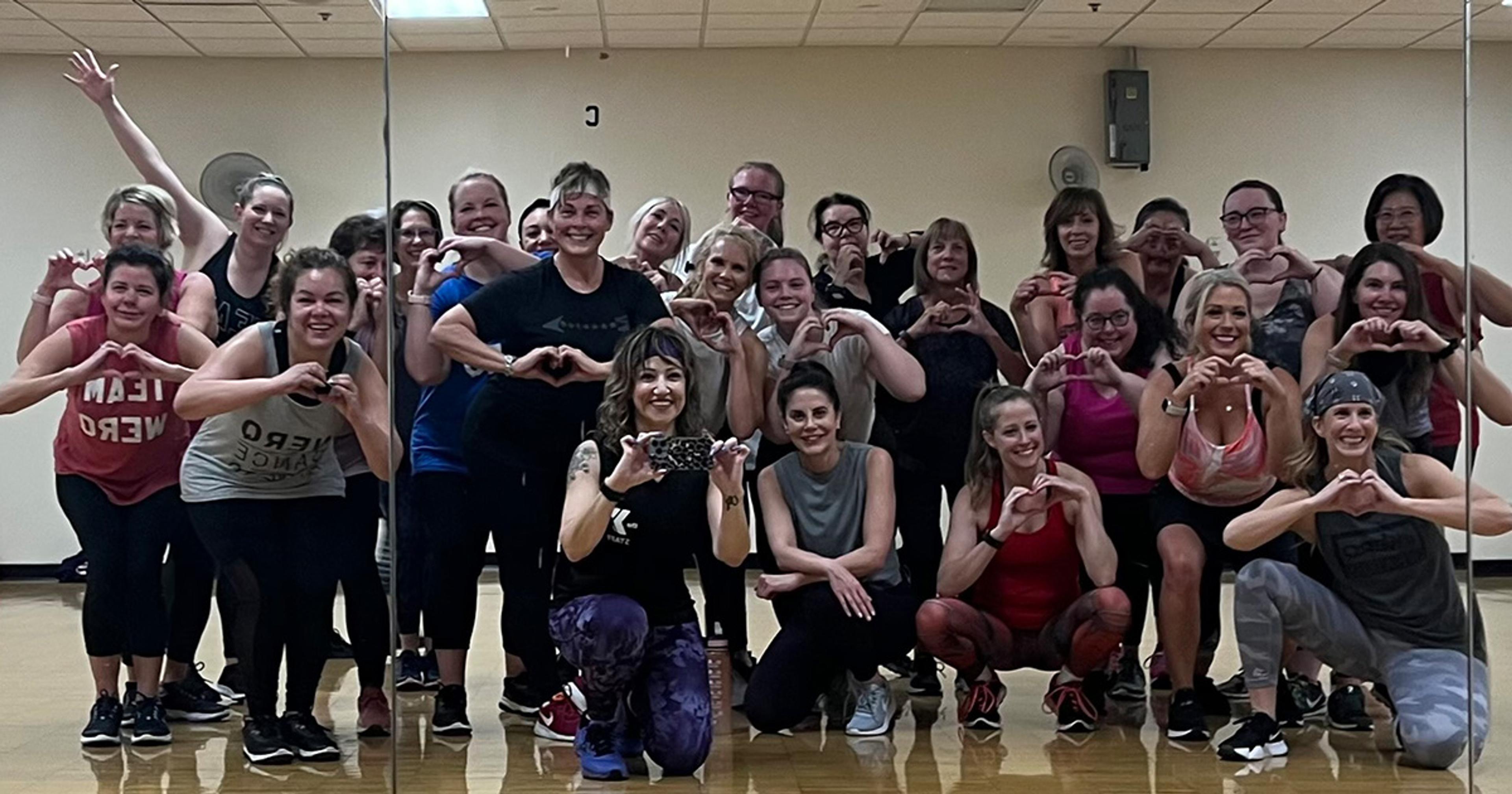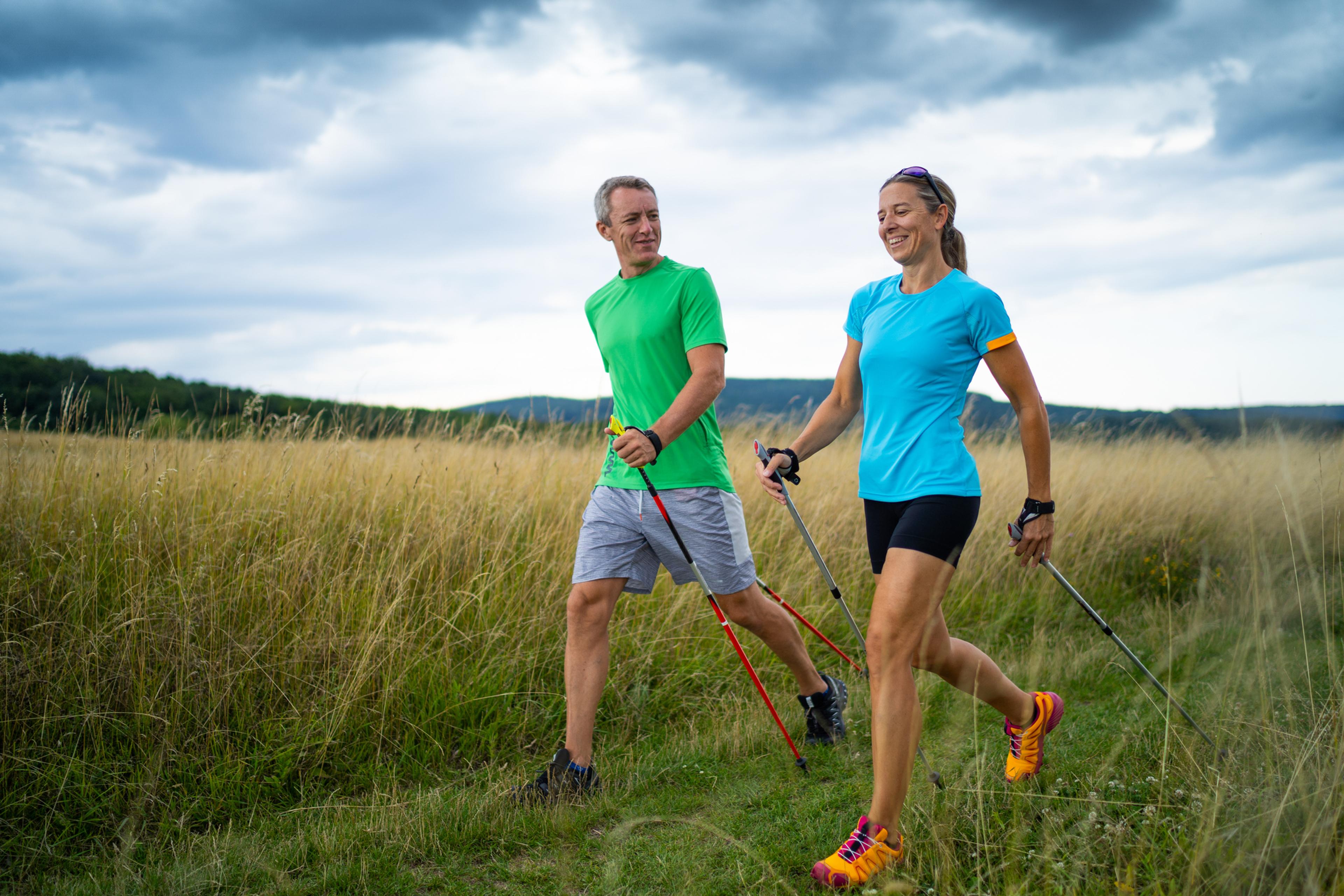Yoga for runners: Best poses for cross training
| 4 min read

Many people associate running with, well, running. But true runners know there’s much more to it than that. One of the best things a runner can do for their body is to cross train. It’s an important way to help runners work on muscle groups that aren’t pushed as hard during training, as well as prevent injury through stretching and strength building.
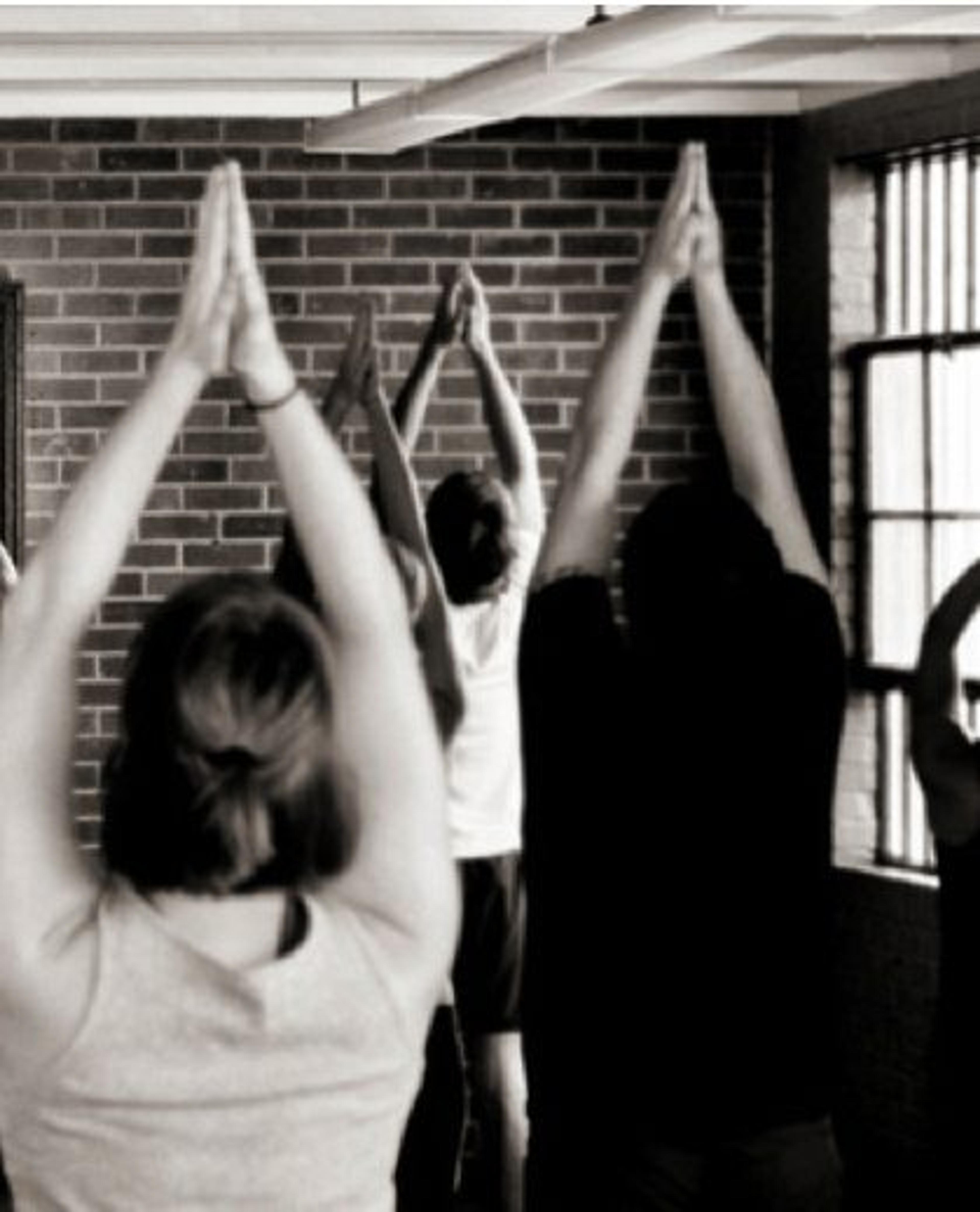
Yoga might not sound like an obvious choice for runners, but it’s a huge part of cross training as it provides strength and flexibility runners can’t find on an every day run.
Here’s a list of some of our favorite yoga moves to help you work on stretching those muscles, accomplishing your running goals and finding a little Zen in the meantime.
Goal: Total-body fitness
Try: Side plank pose (vasisthasana)
This simple version will help improve upper-body strength while working your core.
Try: Side plank pose (vasisthasana)
This simple version will help improve upper-body strength while working your core.
- Start in the plank pose.
- With palms flat, push yourself away from the floor.
- Keep your shoulders away from your ears and tighten your abs.
- Then turn the left side of your body up toward the ceiling, bringing your left hand to rest on your left hip so your right hand supports your body.
- Bend your left leg, placing your left foot flat on the floor in front of your right knee.
- Push your hips and right leg up away from the floor, trying not to sink.
- Once you’ve conquered that, try doing the pose without bending your left leg.
- Hold for 15 to 30 seconds. Then switch sides.
Try to incorporate this strength move in to your workout two to three times a week to see improvement.
Goal: Pain-free running
Try: Cross-legged seated position (sukhasana)
Yoga is great for opening up your joints, therefore reducing tightness and avoiding pain. First, sit with your left leg crossed over your right leg.
Try: Cross-legged seated position (sukhasana)
Yoga is great for opening up your joints, therefore reducing tightness and avoiding pain. First, sit with your left leg crossed over your right leg.
- If your hips are not higher than your knees, sit with a rolled-up towel, folded blanket, block or phone book.
- After a few minutes, you may feel fatigue in your spine. Engaging (or tightening) your abs will add core work while you stretch the arches of your feet, ankles, knees and quads.
- Sit for as long as you feel relaxed, then switch so your right leg is over your left to repeat.
- For a deeper stretch, place your forearm on your knee and push softly towards the floor.
Goal: Injury prevention
Try: Mountain pose (tadasana)
Try: Mountain pose (tadasana)
Having tight muscles while running can not only lead to pain but injury as well. This simple yet challenging pose will build better awareness of your body and what it’s telling you. Added bonus: improved posture!
- Stand flat against a wall and properly align your body.
- Bring your heels to the wall and tuck your chin slightly under so it’s closer to your chest. You’ll notice two pockets of space where your body does not touch the wall: your lower back and neck.
- Stretch your body gently upwards; making you feel taller.
- Then, step away slowly while trying to maintain your posture just achieved at the wall.
Goal: Agility
Try: Legs-up-the-wall pose (viparita karani), variation
While your muscles are still warm, adding a few yoga moves, including this one, will make your whole body feel relaxed days later…and who doesn’t want that after a nice long run?
Try: Legs-up-the-wall pose (viparita karani), variation
While your muscles are still warm, adding a few yoga moves, including this one, will make your whole body feel relaxed days later…and who doesn’t want that after a nice long run?
- First, lie down with your right foot through a doorway and left leg up against the wall.
- Extend your legs without locking your knees.
- Hold this stretch for 5 to 10 full breaths.
- As you loosen up, slowly bring your upper body closer to the door and your leg.
- The ultimate goal is to hold onto the big toe with your second and third fingers, but be sure to reach for that goal (and that toe) slowly.
The best way to find the right yoga routine for your running needs is to visit your a local yoga studio and talk with an expert about the poses you should be adding to your training schedule. Remember, when it comes to stretching, safety first! Don’t push yourself too hard and always listen to your body. For more cross training tips, nutritional ideas and motivation to keep up your running routine, race on over to our Google+ page.
Check out these blog posts if you enjoyed this one:
Photo credit: Go Interactive Wellness

